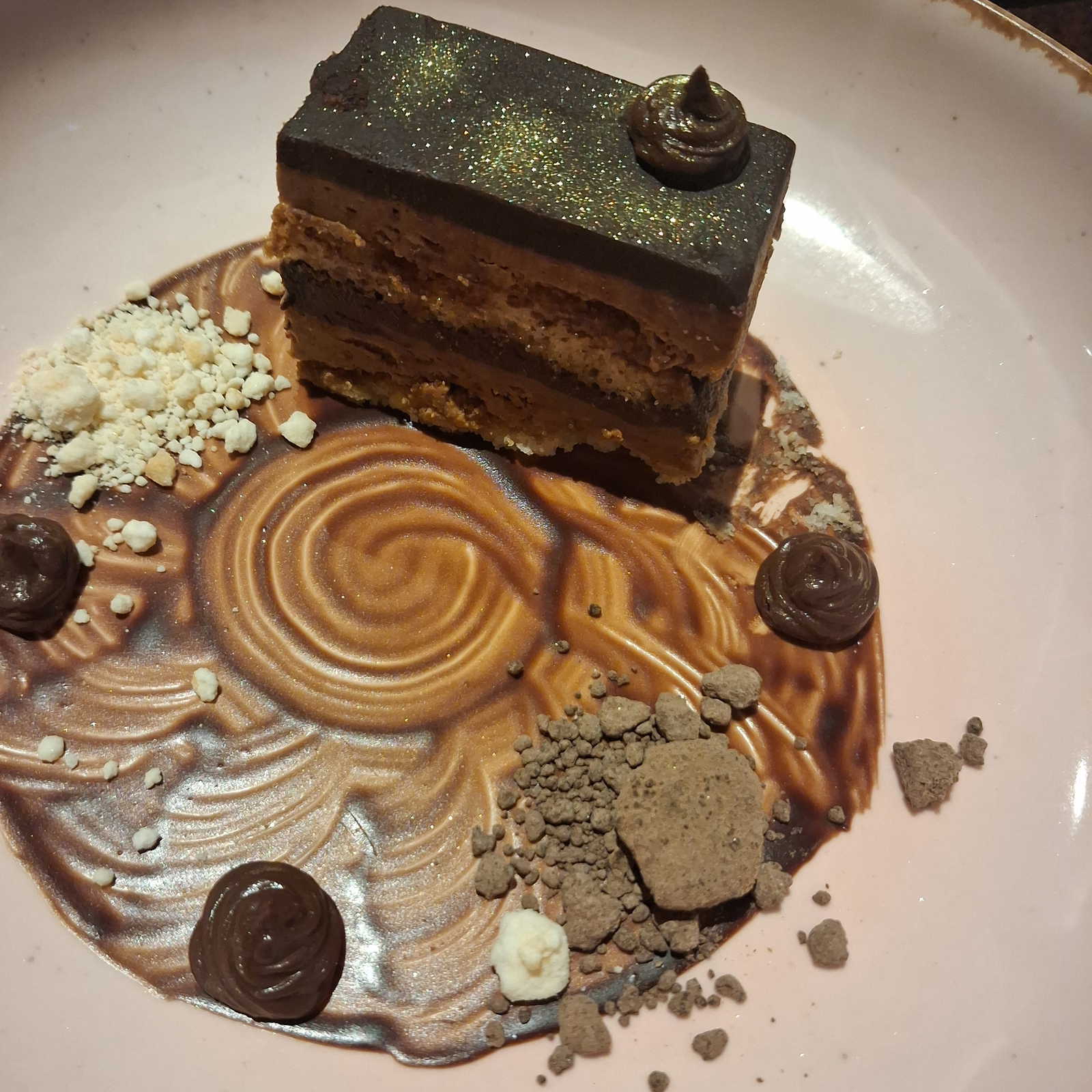Stonelam: Where Italian Innovation Meets India’s Architectural Renaissance
In the evolving narrative of India’s urban landscape, one name is quietly, but powerfully reshaping the skyline: Stonelam. As the exclusive Indian partner of Italy’s pioneering Laminam Spa, Stonelam brings a future-forward vision to life with its ultra-thin, ultra-durable porcelain slabs that are as aesthetically striking as they are functionally resilient. These sleek surfaces, often no thicker than 3mm, are revolutionizing how architects, developers, and designers approach façades, interiors, and sustainable construction.
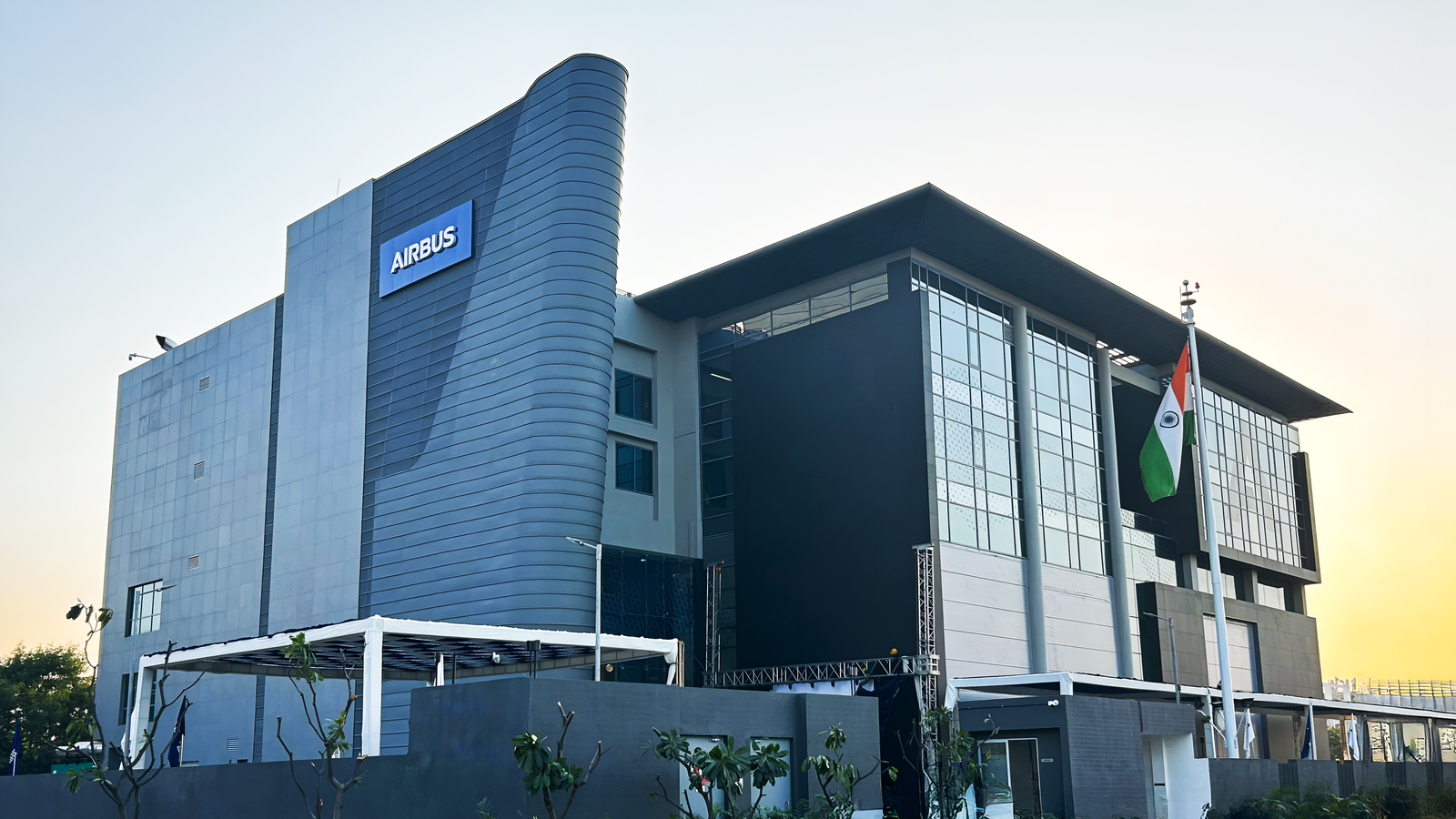
From luxury high-rises in Mumbai to smart civic infrastructure in emerging cities, Stonelam is at the forefront of India’s architectural shift… merging beauty with strength, elegance with endurance. At the helm of this quiet revolution is Sandeep Bagade, the dynamic CEO whose leadership has not only introduced a new materials category to the country but also built a robust ecosystem of education, innovation, and impact across more than 200 cities.
In an exclusive interview with TheGlitz, Sandeep Bagade delves into how Stonelam is redefining the future of building in India, one high-performance slab at a time.
Over To Sandeep Bagade, CEO, Stonelam

Stonelam’s partnership with Italy’s Laminam Spa has been a game-changer for architectural surfaces in India. How did this collaboration come about, and what has the journey been like so far?
The partnership was born from a shared vision to bring cutting-edge architectural surfaces to the Indian subcontinent. Laminam is a pioneer of ultra-thin porcelain slabs globally; Stonelam saw a gap in the Indian market and aligned with their innovation-forward ethos.
As exclusive partner of Laminam , the journey has been transformational — from introducing the category to now being a recognized standard in luxury and sustainable architecture.
The collaboration has resulted in joint R&D efforts, knowledge-sharing, and bringing global benchmarks in design, durability, and performance to Indian infrastructure.
Together, the brands have successfully redefined façades and surfaces as both aesthetic and high-performance assets.
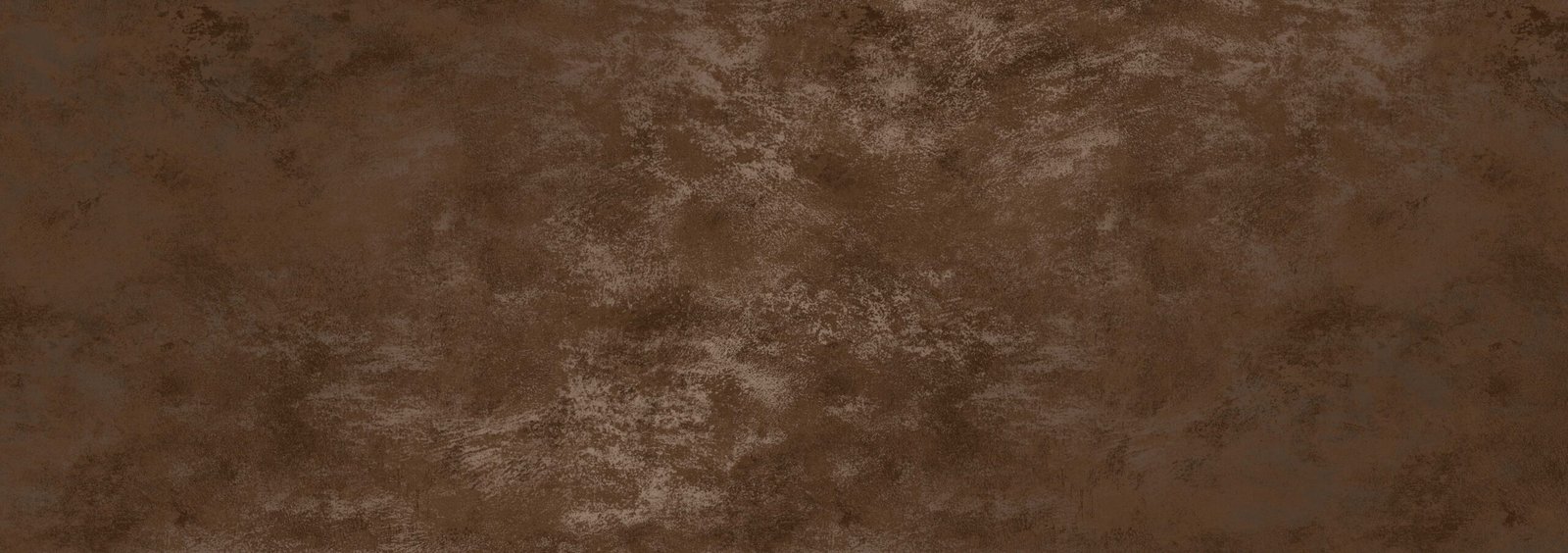
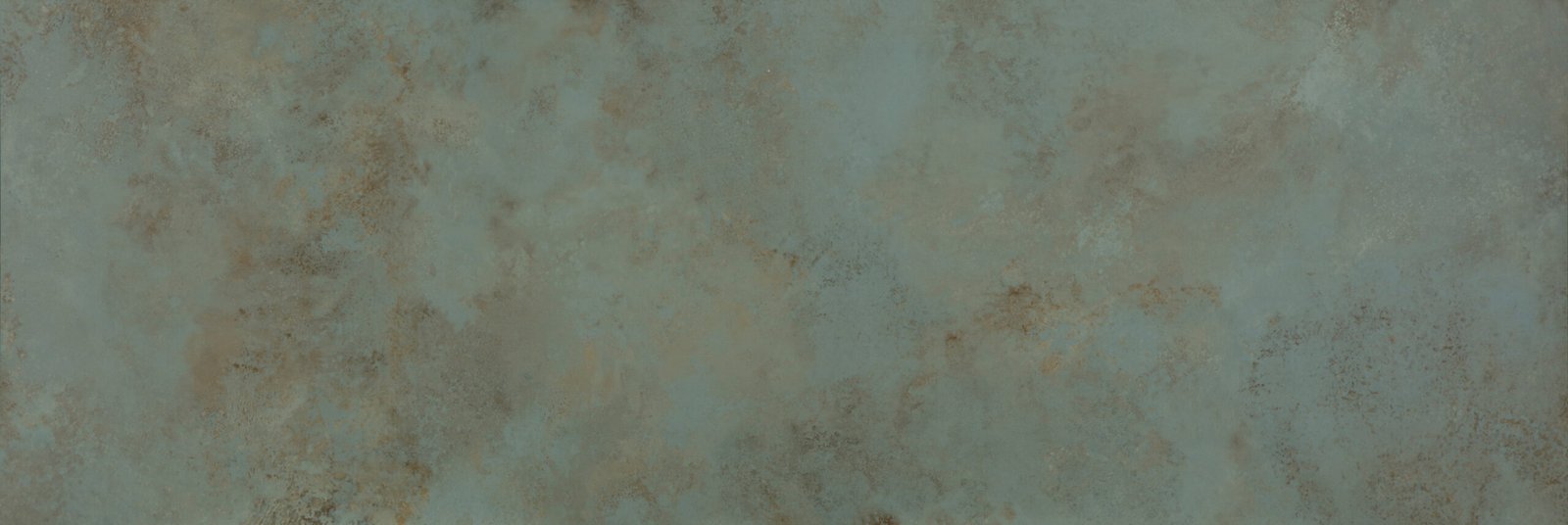
Ultra-thin porcelain slabs as slim as 3mm — as durable as a stone — sound like something out of science fiction. What’s the engineering behind this innovation, and how does it hold up in real-world applications?
Ultra-thin porcelain slabs as slim as 3mm are produced through a patented manufacturing process involving high-pressure compaction and firing at over 1200°C.
Reinforced with a fiberglass mesh backing, even the thinnest slabs gain incredible flexural and impact strength. Their large format and thinness reduce the number of joints and material usage, making them efficient for both façades and interiors. In real-world scenarios — from scorching façades to heavy footfall zones — the slabs exhibit unmatched strength, color fastness, and resistance to chemical and physical stress.
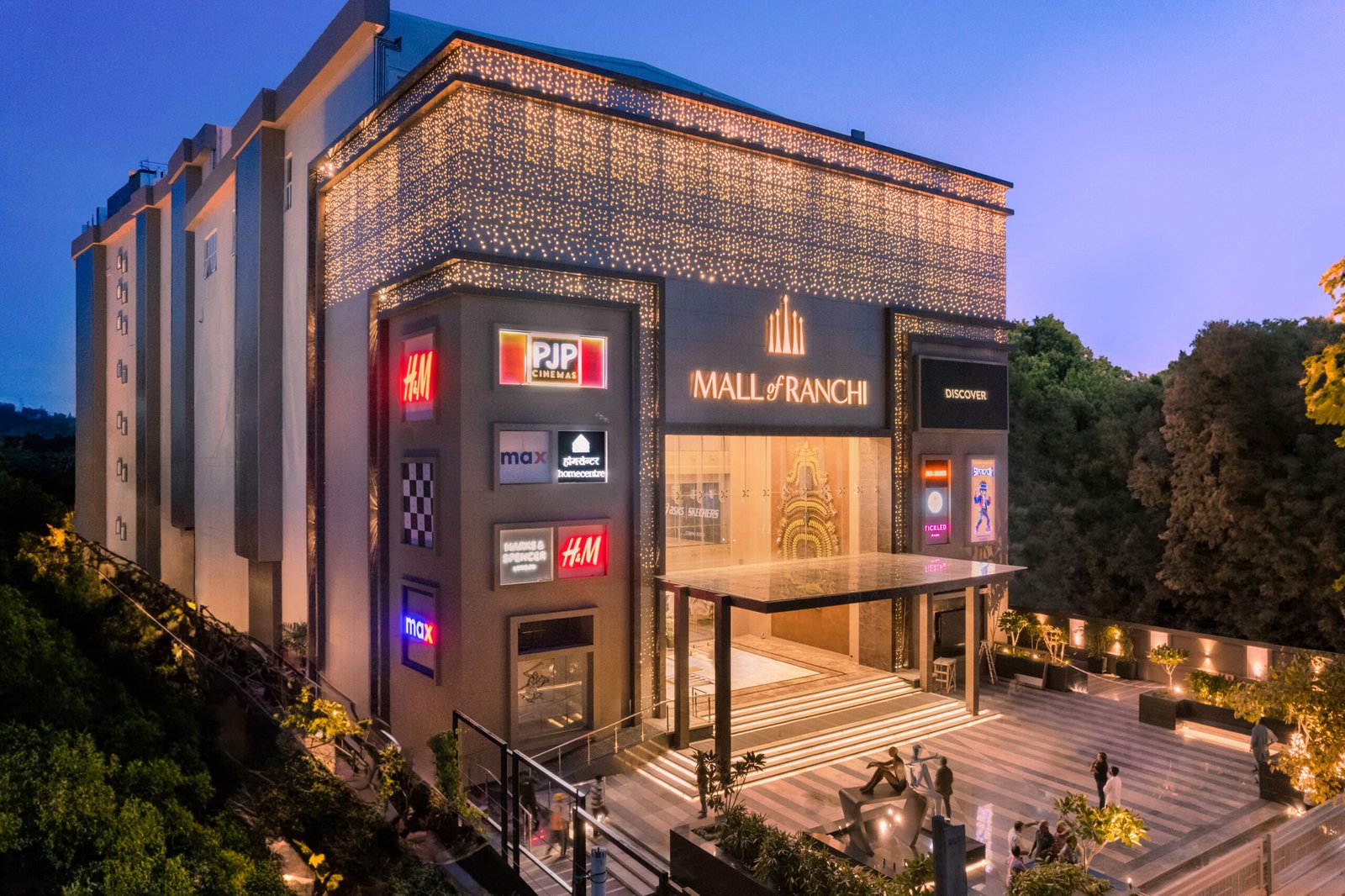
From luxury malls to high-rise façades, Stonelam has been embraced by India’s top architects and developers. What makes your product the go-to choice for marquee projects?
The brand offers a trifecta: Aesthetic elegance, technical performance, and long-term value. Architects appreciate the variety in textures, sizes, and finishes — from natural stone to concrete effects. Developers are drawn to the lightweight installation (reducing structural load), longevity, and minimal maintenance. Our slabs are resistant to UV rays, pollution, moisture, and extreme temperatures — key for Indian climate resilience.
The global credibility of Laminam also assures decision-makers of the product’s quality and performance history.

With increasing focus on sustainability and smart infrastructure, how is Stonelam contributing to greener, safer construction in urban India?
Laminam slabs are made from 100% natural materials and are fully recyclable. Their production process uses closed-loop water systems and low-emission technologies. The thinness of the slabs means less raw material extraction and lower transportation emissions. Their thermal resistance contributes to energy-efficient façades by reducing heat absorption. Fire-resistance and hygiene standards also support safer, healthier spaces — vital in dense urban environments.
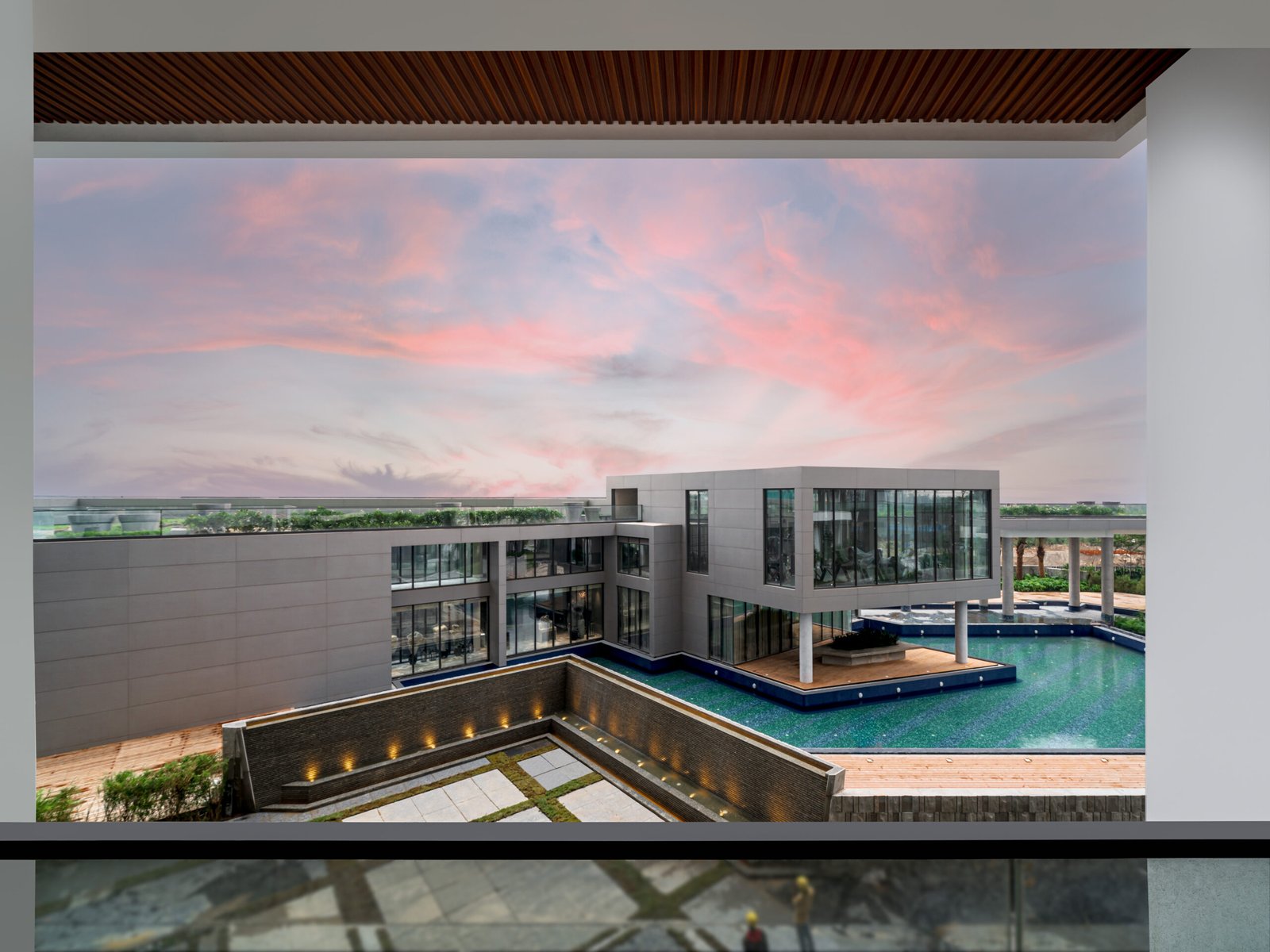
You’re expanding into Tier‑2 cities and government projects. What are the unique challenges and opportunities in taking high-end architectural solutions to a broader market?
Challenges: Limited awareness about high-tech materials, cost sensitivity, lack of trained installers in smaller markets.
Opportunities: Aspirational urbanization, increasing demand for durable public infrastructure, and smart city investments. The team focuses on education — workshops for architects, demo installations, and partnerships with local fabricators. Government and institutional buyers are increasingly receptive to long-life, maintenance-free surfaces — especially in civic buildings, airports, and transport hubs.
How do you see the façade materials market evolving in India? Is the industry ready to move beyond traditional ACP and HPL panels?
ACP (Aluminum Composite Panel) and HPL (High-Pressure Laminate) are both popular cladding materials with distinct characteristics but they have served their time, but the demand is now shifting to long-term, fire-safe, and environmentally responsible materials.
Post several fire incidents, regulatory scrutiny is also nudging the industry toward non-combustible materials like porcelain. There’s growing awareness among architects and urban planners about the life-cycle cost of façades — not just upfront expense.
We’re seeing more projects prioritizing sustainability certifications (LEED, IGBC), for which materials like ours are crucial.
The next five years will see a significant rise in high-performance materials like porcelain.

Stonelam’s slabs are not only sleek but also hygienic and fire-resistant. Are you seeing growing demand from sectors like healthcare, hospitality, or educational institutions?
Absolutely. Post-pandemic, the focus on hygienic, non-porous surfaces that resist bacteria has skyrocketed — especially in healthcare and hospitality.
The slabs’ ease of cleaning, stain resistance, and durability make them ideal for kitchens, lobbies, and medical environments. Fire-resistance standards make them a natural fit for schools, airports, and hotels where safety and compliance are non-negotiable. There’s also growing demand in wellness centers, co-living spaces, and senior living residences — where comfort, safety, and maintenance are critical.

Finally, what’s next for Stonelam — whether in terms of new product innovations, market expansion, or thought leadership in sustainable design?
Product innovation: Introducing new textures inspired by Indian heritage — sandstone, terrazzo, and oxidized metals — with Italian technology. Market expansion: Strengthening presence in Tier-2 cities targeting new verticals like government projects.
Sustainability leadership: Building awareness around carbon-conscious design and lifecycle efficiency through forums, panels, and collaborations. A roadmap for digital tools to help architects visualize and inspect surfaces seamlessly is also in the works. Ultimately, we aim to be at the intersection of performance and purpose — redefining how India builds, one slab at a time.









